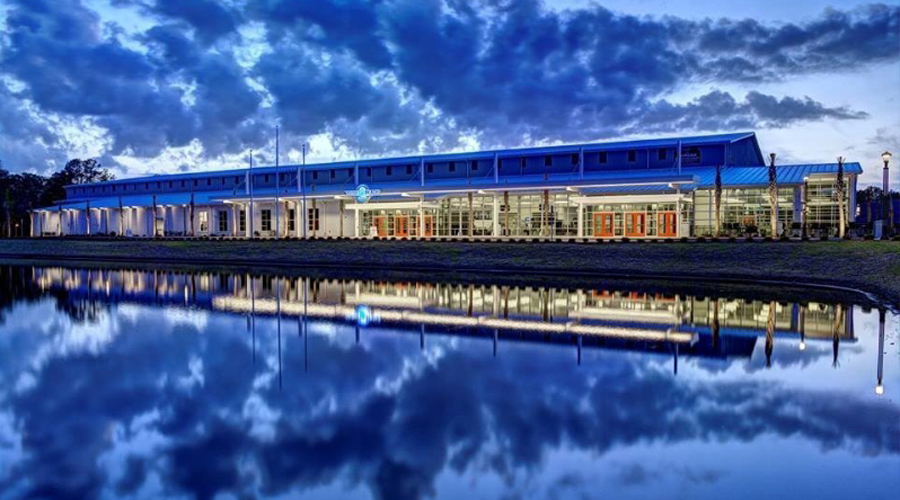The Sports Facilities Advisory & Sports Facilities Management (SFA, SFM) issued that investment in youth sports complexes continues to rise, becoming a national movement with lodging and hospitality, tourism, parks and recreation and others investing billions to fund new sport and recreation venues.
The SFA and SFM have helped more than 800 communities plan and fund community-based sports and recreation areas since its founding in 2003.
The groups credit the continued growth in youth sports related travel as the leading cause for the rapid establishment of youth sports complexes. According to the April 2016 National Association of Sports Commissions industry report, the segment has grown by more than 20 percent in the past three years. This growth has garnered the attention of the travel industry starting with major tourism destinations like Myrtle Beach, South Carolina, and Sandusky, Ohio where Cedar Fair Entertainment has announced a new outdoor complex as well as plans for a new indoor multi sport and events center.
However, the group query how much is too much for a community to spend on a new sports facilities? Evan Eleff – EVP and a Partner at The Sports Facilities Advisory – a firm that has completed the financial analysis on more than $6 Billion in sports complex concepts – says that proper spending really depends on four factors:
“The first is the client’s definition of success. If a community is seeking to fill hotel rooms by attracting overnight tournaments- like the $12.5-million Myrtle Beach Sports Center, the investments have huge returns to the tax payer base.”
The second is extensive market research including analysis of the competition in the region. Eleff says “the Southeastern U.S. is inching closer to saturation. New facilities will need to be highly differentiated with recreation options and cutting-edge technology to help tournament organizers put on great events.”
Eleff said the 3rd factor is the management team. And the final factor is the funding mechanism
And according to the national association of sports commissions 2016 state of the industry report, the youth sports related travel trend is not slowing. Eleff believes more communities will compete in the facility development and sports tourism destination race. But, “Bigger isn’t always better” he said, “It’s about right-sizing the project for the specific community, opportunity, and market.”
Photo courtesy Sports Facilities Advisory & Sp. The 100,000 square-foot Myrtle Beach Sports Center is one of the nation’s premier sports tourism destinations.
















